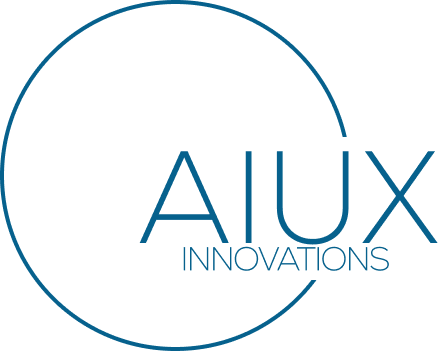Air travel has transformed how the world connects, but one part of the journey remains universally dreaded: airport security. Long lines, unclear rules, and a sense of hurry mixed with confusion create one of the most stressful experiences in modern life. What should be a straightforward process often feels like an obstacle course.
The Old Problem: Confusion and Stress
The frustrations of airport security are familiar:
- Unclear rules about liquids, shoes, laptops, and personal items.
- Long, unpredictable wait times that cause travelers to arrive hours early.
- Stressful environments, with passengers rushing through checkpoints.
- Inconsistent experiences between different airports and even different lanes.
The system was designed for enforcement, not for people.
The UX Reframe: From Enforcement to Guidance
The real question is not “how do we move people faster?” but “how do we create a transparent and guided experience that makes travelers feel safe, supported, and confident?”
By reframing security as a journey, not just a checkpoint, UX can transform the way travelers perceive this critical step.
The New Experience: Airport Security Reinvented
- Personalized Prep Notifications
- Before leaving for the airport, passengers receive a checklist tailored to their flight, country, and lane type (TSA PreCheck, CLEAR, standard).
- Real-Time Wait Time Updates
- Apps and airport signage display live security line times, helping passengers plan with confidence.
- Guided Lane Design
- Clear, dynamic signage and digital assistants guide travelers through each step: bins, shoes, electronics, liquids. No more guesswork.
- Smart Scanning
- With advanced scanners, laptops, and liquids stay in bags. Passengers move naturally without stopping for repetitive unloading.
- Calm Environments
- Lighting, sound, and space are designed for comfort. Instead of stress, the experience feels like a guided flow.
- Feedback and Transparency
- After passing through, travelers receive confirmation that they are cleared and see how long it took, reducing the anxiety of the unknown.
The Payoff: Safety with Clarity
For passengers, security shifts from being a bottleneck to being a predictable step in the journey. For airports and airlines, better flows reduce delays, improve satisfaction, and create trust in the system.
Broader Lesson: UX as Trust Infrastructure
Airport security highlights how UX can turn enforcement into confidence. By guiding rather than rushing, and by making the rules clear rather than hidden, UX creates trust in systems that affect millions of people daily.
When people feel informed and supported, they move with ease—and safety is achieved without sacrificing dignity.
